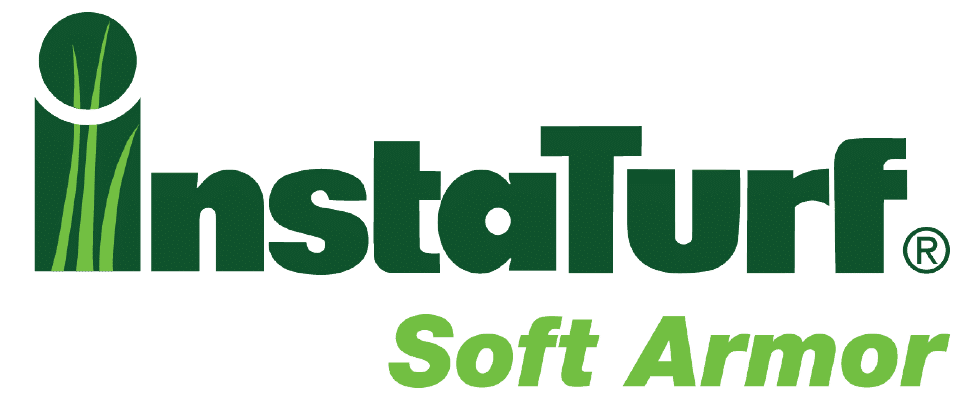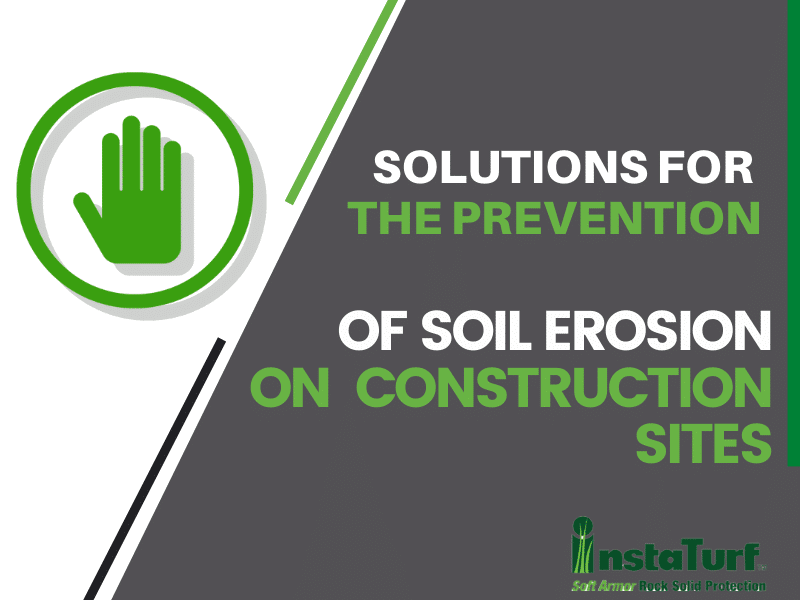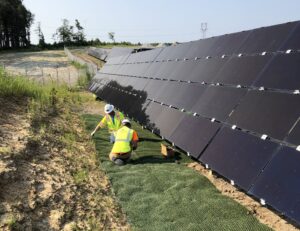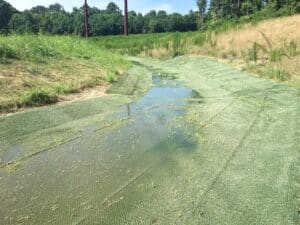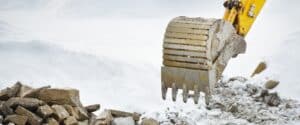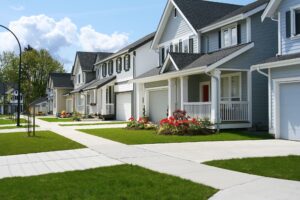Erosion is one of the biggest concerns on construction sites. It leads to mudslides and safety hazards, and it can ruin the work that’s been done. That’s why finding efficient solutions for the prevention of soil erosion on construction sites is a must. Without the proper precautions in place, soil can quickly wash away, creating irreparable environmental and economic damages.
What Is Soil Erosion Exactly?
Soil is one of the most important natural resources, and even though it seems resilient, this ecosystem can be easily destroyed. It tends to deteriorate and lose essential properties due to degrading erosion processes. This is known as soil erosion, and it is caused not only by natural elements but also by human activities.
When left unaddressed, erosion can have significant effects on the construction and agricultural sectors, making it a serious issue. That’s why many professionals invested their time and effort in developing cost-effective and sustainable solutions for soil erosion prevention.

What Are the Causes of Soil Erosion on Construction Sites?
Learning about the causes and prevention of soil erosion goes hand in hand. You won’t understand one without understanding the other. This is especially important when it comes to construction sites because they involve a lot of earth movement (intentional and unintentional).
All of these movements often lead to erosion, impacting the construction site and the area around it. However, earth movement is not the only cause of erosion on the construction site. The others can be:
- Changes in the land levels through grading leads can lead to water and wind erosion.
- Removing vegetation that provides a root system that holds dirt in place.
- Not diverting up-slope water from a construction site can cause or increase erosion.
The Principles of Successful Prevention of Soil Erosion
Finding sustainable erosion control solutions for agricultural areas and construction sites is essential for preventing land degradation, sediment runoff, and water pollution.
Efficient erosion control practices implemented on construction sites rely on firm principles to prevent harmful effects and protect the soil from erosion. Some of the essential soil erosion control principles are:
- Improve erosion and sediment control to decrease soil deterioration and sediment production,
- Shorten construction phases to limit soil exposure to harmful natural processes as much as possible,
- Implement perimeter and on-site erosion control practices to slow down erosive velocities and enable sediment to settle out of runoff water before leaving the construction site,
- Focus on preventing and managing erosion at sites transected by streams or near wetlands that are more sensitive to this harmful process,
- Monitor and maintain erosion control solutions regularly to ensure their efficiency.
Why Are Prevention Principles Important?
For starters, even though effective soil erosion control is a demanding process, it can prevent the harmful effects of water and wind. It will maintain soil quality on the construction sites if executed by following these principles.
Efficient erosion control practices tackle surface stabilization, decrease the velocity and energy of runoff water, and reduce the need for sediment control. These are all demanding but essential tasks to be executed to prevent the harmful erosion effects in commercial areas and construction sites. And that’s why they are an unavoidable part of every construction process.
What Are the Efficient Solutions to Ensure Soil Erosion Prevention?
There are different ways to prevent soil erosion. Let’s go over sustainable and cost-effective solutions for areas most at risk of erosion on typical construction sites, such as drainage channels, steep slopes, and shoreline areas. These solutions aim to provide soil stabilization and reduce the speed and energy of concentrated water flows. Each of them comes with a long list of benefits, and it will get the job done.
Rolled Erosion Control Products Provide Immediate Protection
Rolled Erosion Control Products (RECPs) are manufactured from a variety of natural and/or synthetic fibers, filaments, and meshes designed to provide immediate erosion protection and, in some cases, long-term vegetation reinforcement.
However, erosion control blankets (ECBs) are temporary RECPs that only protect soil surfaces from erosion until the vegetative cover is established. Therefore they are somewhat limited in effectively preventing erosion on very steep slopes and concentrated flow areas.
This can be a problem. That’s why, if vegetation established with ECBs is sparse or will not sustain the expected long-term site conditions, a permanent Turf Reinforcement Mat (TRM) may be necessary. TRMs are rolled erosion control products made with permanent components to provide both immediate protection and long-term reinforcement for the vegetation.

Soil Erosion Can Be Prevented by Turf Reinforcement Mats
Another solution for erosion is, as we said before, using Turf Reinforcement Mats. These mats are permanent erosion solutions that reinforce the vegetation during and after establishment.
TRMs are typically made of non-degradable nets, wire mesh, and fibers that ensure the product’s durability. Once properly installed, they provide a certain level of immediate erosion protection while reinforcing vegetation once established. Keep in mind that most conventional TRMs don’t provide a high level of erosion protection until after vegetation establishment.
However, some innovative new permanent RECPs, such as the InstaTurf ShearForce Hybrid Turf Instant Armor Products, offer rock-solid soil erosion protection before, during, and after vegetation establishment. They are ensuring effective stabilization of high flow areas from day one of installation.
TRMs have been used for nearly 50 years, and they have proven to be cost-effective solutions for protecting many drainage channels, steep slopes, and stream, river, and canal banks. They are favorable solutions in areas where vegetation alone cannot resist the expected long-term erosive forces. Also, in the areas where riprap is not desired or too demanding and expensive to install.

Hybrid Turf Instant Armor Mats Are Effective Rock Riprap Alternative
If you are wondering how can soil erosion be prevented without rock riprap, the answer is – Hybrid Turf Instant Armor Mats. They have recently been introduced to the market as more effective soft armor alternatives to rock riprap.
These revolutionary new erosion control products utilize simulated turf to protect, grow and permanently reinforce natural vegetation. The products successfully combine the most known advantages of soft armor systems with the immediate protection and endurable performance of rock riprap.
Benefits of Different Hybrid Turf Instant Armor Mats
There are different types of Hybrid Turf Instant Armor Mats, but ShearForce10 Hybrid-Turf Instant Armor Mat and ShearForce12 Hybrid-Turf Instant Armor Scour Mat are much more effective for immediate, pre-vegetation erosion protection than conventional Turf Reinforcement Mats (TRMs) or High-Performance Turf Reinforcement Mats (HPTRMs).
While ShearForce10 Hybrid-Turf Instant Armor Mat is ideal for permanently protecting severe slopes, channels, streambanks, and shorelines, ShearForce12 Hybrid-Turf Instant Armor Scour Mat effectively protects culvert and pipe outfalls, down chutes, and the other turbulent flow areas. Both of these soft armor erosion control products have indisputable advantages over similar soft armor and competing hard armor solutions. Advantages of these products include:
- 3 – 4 times the permissible unvegetated shear stress rating of conventional TRMs and HPTRMs, no waiting on vegetation growth to get rock-like erosion protection,
- Immediate erosion protection equivalent to 30-inch diameter rock riprap,
- Lower installed costs than rock riprap and other hard armor. For example, ShearForce10 Hybrid-Turf Instant Armor Mat is typically between 50 and 60 % cheaper than rock riprap,
- Easier long-term maintenance than riprap. Just mow over it with standard equipment,
- Aesthetically pleasing with a natural grass-like finish,
- Require no heavy equipment for installation, reducing truck and equipment traffic into and on construction sites, resulting in a much smaller carbon footprint,
- Enhance and permanently reinforce natural vegetation, which allows runoff infiltration, helps filter pollutants from runoff water, and reduces thermal pollution,
- Highly UV stable, weather-resistant, and easy to install.
If you want to learn more about these products, check out the video below.
ACB Systems Provide Effective “Hard” Protection From High-Velocity Flows
While soft armor erosion control products like TRMs and the new Hybrid Turf Instant Armor Mats have proven to be effective protection in areas experiencing substantial stormwater flows like drainage ditches and channels, sometimes “hard armor” materials are necessary. In areas that won’t sustain long-term vegetation growth or are exposed to extremely high velocity, high shear stress water flows, then a tied concrete block mat (TCBM) or articulated concrete block (ACB) system may be warranted.
Tied Concrete Block Mats consist of relatively small concrete blocks attached to a geogrid and TRM or geotextile fabric backing, typically weighing around 10 lbs per square foot. Articulated concrete block systems generally use larger, heavier blocks for even greater resistance to uplift in higher flow conditions. Since concrete block systems are generally much more expensive than TRMs or Hybrid Turf Instant Armor Mats, combining TCBMs or ACB systems is critical. For example, limited vegetation spots with soft armor products on the rest of the site have proven to be a more cost-effective solution.
There Are Different Types of ACB Systems
ACB revetment systems provide soil erosion protection in places subjected to extremely high velocity concentrated water flow. These protective systems consist of fiber-reinforced concrete blocks that interlock to form a hard, erosion-resistant surface accompanied by a geotextile underlayment for soil retention. This matrix can endure certain small changes without disrupting the entire interlocked protective structure.
You can find several different types of ACB systems on the market:
- Interlocking ACB systems
- Cable-Tied ACB systems
- Non-Cable-Tied ACB systems
These hard armor erosion control solutions may also be installed as open-cell systems or closed-cell systems. As the name implies, open-cell ACB units have openings to allow for soil in-filling and vegetation growth between or through the individual blocks. On the other hand, closed-cell ACB systems are installed with blocks closely spaced with no open area for vegetation. These hard armor revetment systems also enable some infiltration and exfiltration and thus help to alleviate flooding and water pollution. Sometimes, a highly permeable granular or synthetic drainage layer may be incorporated into an ACB system to provide pressure relief in turbulent flows or wave-attack areas.
ACB Systems Can Be Applied to a Wide Range of Projects
As we already established, ACB systems are highly-protective erosion control products, meaning they can be applied in a wide range of projects to prevent soil erosion like:
- Extreme velocity concentrated flow areas – flumes, channels, waterways
- Spillways, dam overtopping, and levees
- Culvert outlets
- Grade control structures
- Stormwater control and infiltration
Keep in mind that even though ACB and TCB systems are highly effective, they are also much more expensive than soft armor TRMs and Hybrid Turf Instant Armor Mats. Also, they usually require heavy machinery for site preparation and block placement. Therefore, the use of these products is typically limited to the most severe applications.
Reducing Erosion Is the Key to Maintaining the Integrity of the Construction Area
Reducing erosion is not only crucial to protecting soil but also key to maintaining the integrity of land and water, especially on construction sites. Soil erosion is a serious issue that endangers the environment by polluting air and water. Simultaneously, this land degrading process has substantial adverse economic consequences. Immediate and efficient action needs to be taken to prevent further erosion in order to conserve and protect our soil and water resources.
In the article above, you can find information on several cost-effective yet practical solutions for preventing soil erosion on construction sites. Most of these erosion control products are favorable alternatives to conventional materials that require complex installations at higher costs. These products and practices tackle issues in various stages of soil erosion control projects, offering solutions for soil stabilization, concentrated flow velocity, and energy reduction. All these solutions aim to prevent soil erosion, thus protecting the quality of our soil and water.
If you want to find out more about the most effective soft armor products for soil erosion control, please, visit our site.
